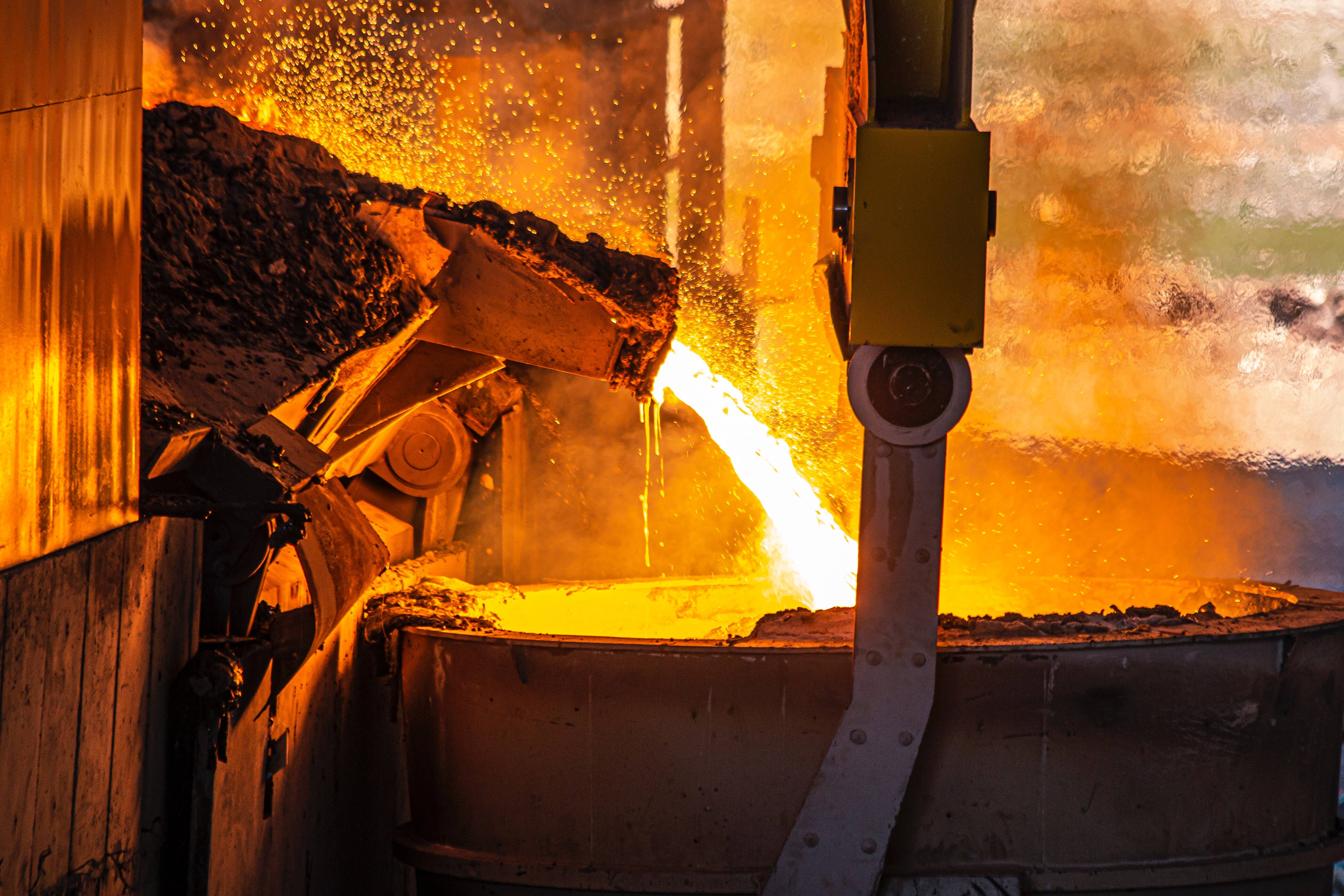You’ve reached your limit!
To continue enjoying Utility Week Innovate, brought to you in association with Utility Week Live or gain unlimited Utility Week site access choose the option that applies to you below:
Register to access Utility Week Innovate
- Get the latest insight on frontline business challenges
- Receive specialist sector newsletters to keep you informed
- Access our Utility Week Innovate content for free
- Join us in bringing collaborative innovation to life at Utility Week Live

Mike de Silva, head of sustainability at construction firm Clancy, discusses the need for alternative solutions, data sharing and cultural change around carbon and energy intensive building materials if utilities are to hit net zero targets.
 The relationship between utilities and the climate emergency is a complex one. On the one hand, networks need to decarbonise, but on the other hand investment into our water and energy grids is going to be essential to combat the effects of climate change.
The relationship between utilities and the climate emergency is a complex one. On the one hand, networks need to decarbonise, but on the other hand investment into our water and energy grids is going to be essential to combat the effects of climate change.
In the water industry, we face periods of drought and water scarcity as well as flooding, which will require investing in our wastewater network and addressing leakage. In energy, net zero has been brought into sharp relief by shorter term crises around supply. Our infrastructure will need significant investment to scale up and transition the grid to new sources of power.
Inevitably, carrying out this work will mean a significant amount of construction and materials – the vast majority of which have significant carbon footprints themselves. As we shift closer to the UK’s mandated net zero by 2050 – 2030 for many of the major utilities firms – there is an urgent need to minimise carbon intensive processes in our work.

- Resilience, reliability and collaborative transformation to adopt technology and innovation are among the key themes at the Utility Week Forum, which will take place in London on 8-9 November. Find out more here.
Need for alternative solutions
One of the most important materials to focus on is concrete, traditionally made from limestone cement. The material has a reputation for being energy intensive to produce, with carbon dioxide emissions associated with the process.
 Cement production is responsible for 8% of global carbon emissions every year. Steel too is one of the biggest emitters of carbon dioxide into the atmosphere with a similar figure to cement.
Cement production is responsible for 8% of global carbon emissions every year. Steel too is one of the biggest emitters of carbon dioxide into the atmosphere with a similar figure to cement.
However, both are essential materials used in the built environment, and we will need them as investment is made in expanding and strengthening our utilities infrastructure. Utility owners, contractors, and material suppliers will therefore have a central role to play in leading the charge on low carbon solutions.
The challenge for concrete is that the low carbon cement alternatives that we have now aren’t necessarily going to continue to be easy to secure or sustain.
For example slag, a waste material from steelmaking, and fly ash from coal fired power stations, are lower-carbon options to replace Portland cement created as by-products rather than requiring their own significant energy demands to manufacture. The industries generating these by-products are themselves seeking to decarbonise and change their processes, making these low carbon options harder to come by.
 In the future we’ll need to find alternatives as countries that continue to have these heavy industries utilise these wastes for internal consumption.
In the future we’ll need to find alternatives as countries that continue to have these heavy industries utilise these wastes for internal consumption.
The UK cement industry’s decarbonisation pathway is predicated initially around efficiencies and alternative fuel use, with only 12% based on low carbon cements and concretes. There is also a significant reliance on carbon capture and storage once these quicker wins have been exhausted.
The Low Carbon Concrete Group – Construction Leadership Council and Green Building Council – meanwhile also advocates the adoption of concretes that use cement blends or contents outside of current standards. Some of these are developments of existing technology, while others adopt wholly different chemistry.
The utilities sector needs to back these new technologies by championing performance-based standards and supporting the industry in commercial readiness and application.
Signal to industry
Technology will help over time, but techniques such as carbon capture and storage shouldn’t be considered a silver bullet when it comes to minimising carbon emissions from cement manufacture.
The success of carbon capture and storage technology will rely on creating the infrastructure for deployment at scale. It may come into its own down the track, but we can’t rely on it solving the issue in the short to medium term.
 What we need are alternative solutions – focusing on efficiency, material innovation or techniques, and effective measurement which allows us to be informed about the choices we make for our network. How can we encourage changes in our industry which will overcome these challenges and set us firmly on the path to net zero?
What we need are alternative solutions – focusing on efficiency, material innovation or techniques, and effective measurement which allows us to be informed about the choices we make for our network. How can we encourage changes in our industry which will overcome these challenges and set us firmly on the path to net zero?
This starts by sending a clear demand signal to the industry, to show that low carbon and net zero solutions are worth investing in.
Initiatives like the Concrete Zero pledge include clear commitments from members to decarbonise the concrete being used, with ambitious short-term targets to use 30% low emission concrete by 2025 and 50% by 2030. The pledge recognises that this is a journey, not a quick fix – but that only by making a commitment now can we achieve our end goal.
We can’t just leave decarbonisation to luck, however – we will have to measure it. Reducing carbon through materials like concrete and steel will be significantly more straightforward if we are able to put in place clear definitions for what constitutes low emission products. This starts by measuring and reporting on the carbon emissions associated with these materials.
We need to share this information and work collaboratively across supply chains and industries to put this in context – once we have a baseline to work from this will then allow us to be clear about what materials we are using. The Low Carbon Concrete Group has endeavoured to do just this by establishing a series of target carbon ranges for different concrete strengths, and we need to challenge and build on this.
It’s likely this will become increasingly business-critical for contractors and suppliers. Our clients are under obligations to report their carbon output and performance against a range of sustainability targets. Being able to provide clear data will be essential to help our entire supply chain assess itself and make informed commercial decisions.
This issue needs cultural changes across our industry. It will be reliant on sharing data and best practice from business to business.
As renewed focus is placed on our utilities networks in the months and years ahead, we have a responsibility to work together to carry out the upgrades our country needs in a way that supports, rather than hinders, the journey to a net zero future.
 Utility Week Innovate, in collaboration with Utility Week Live aims to discover and promote innovative approaches to tackle front line business challenges through case studies, technical/project studies, networking, and live content. Be recognised as a key solution provider and meet your target audience face-to-face at UWL23. Find out more about exhibiting
Utility Week Innovate, in collaboration with Utility Week Live aims to discover and promote innovative approaches to tackle front line business challenges through case studies, technical/project studies, networking, and live content. Be recognised as a key solution provider and meet your target audience face-to-face at UWL23. Find out more about exhibiting
Please login or Register to leave a comment.